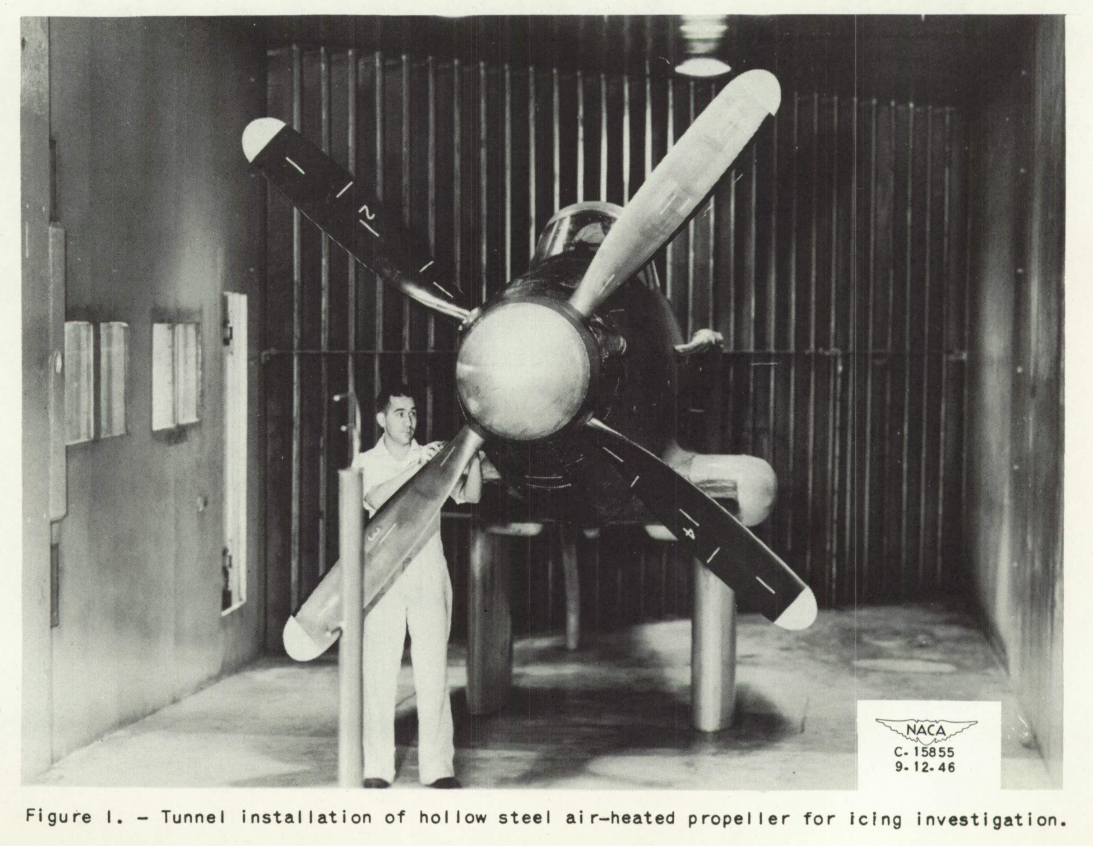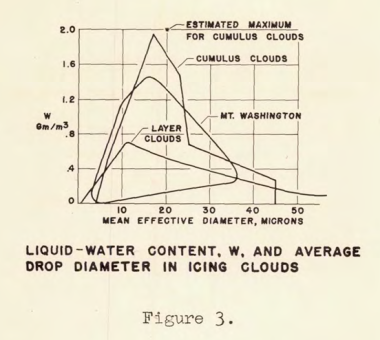"our knowledge of aircraft icing and the penalties associated with it has not changed substantially in the last forty to fifty years" 1

From NACA-TN-1586. I believe that this is Porter Perkins, circa 1946.
Summary
The three areas of the many and varied contributions of Porter Perkins are reviewed.
Discussion
I will focus on three areas of Porter Perkins' publications:
- Foresight about supercooled large drop (SLD) icing
- A shift in instrument calibration
- Contributions to the Appendix C icing regulation
Foresight about supercooled large drop (SLD) icing
I am not sure that I agree with the quote at the top (from 1993) now. A lot of things have happened in three decades.
Perkins and Rieke 1 foreshadowed in 1993 the potential effects of large-size water-drop icing conditions, now commonly termed supercooled large drop (SLD) icing:
[Emphasis added]
read moreProtection from "Severe" icing encounters is not possible by definition. Likewise, there is little …

 From
From 



